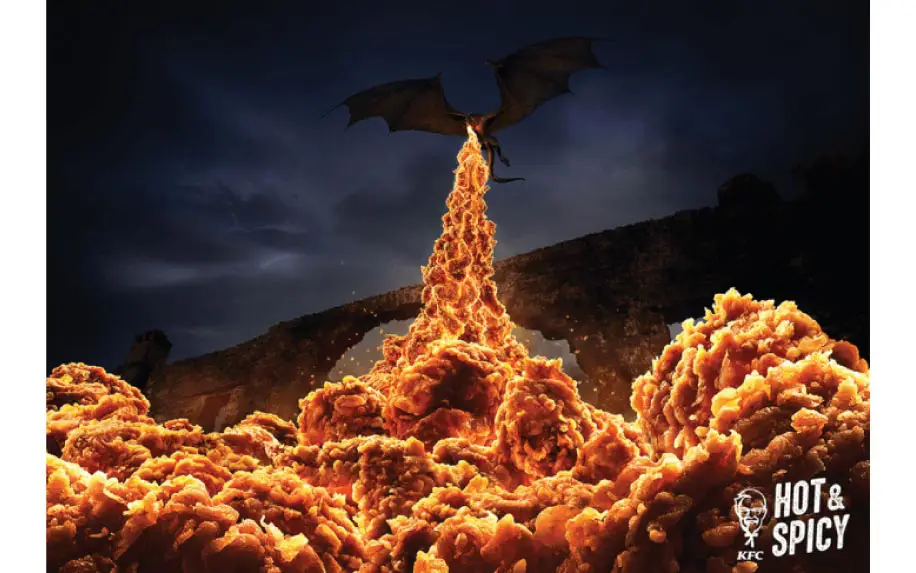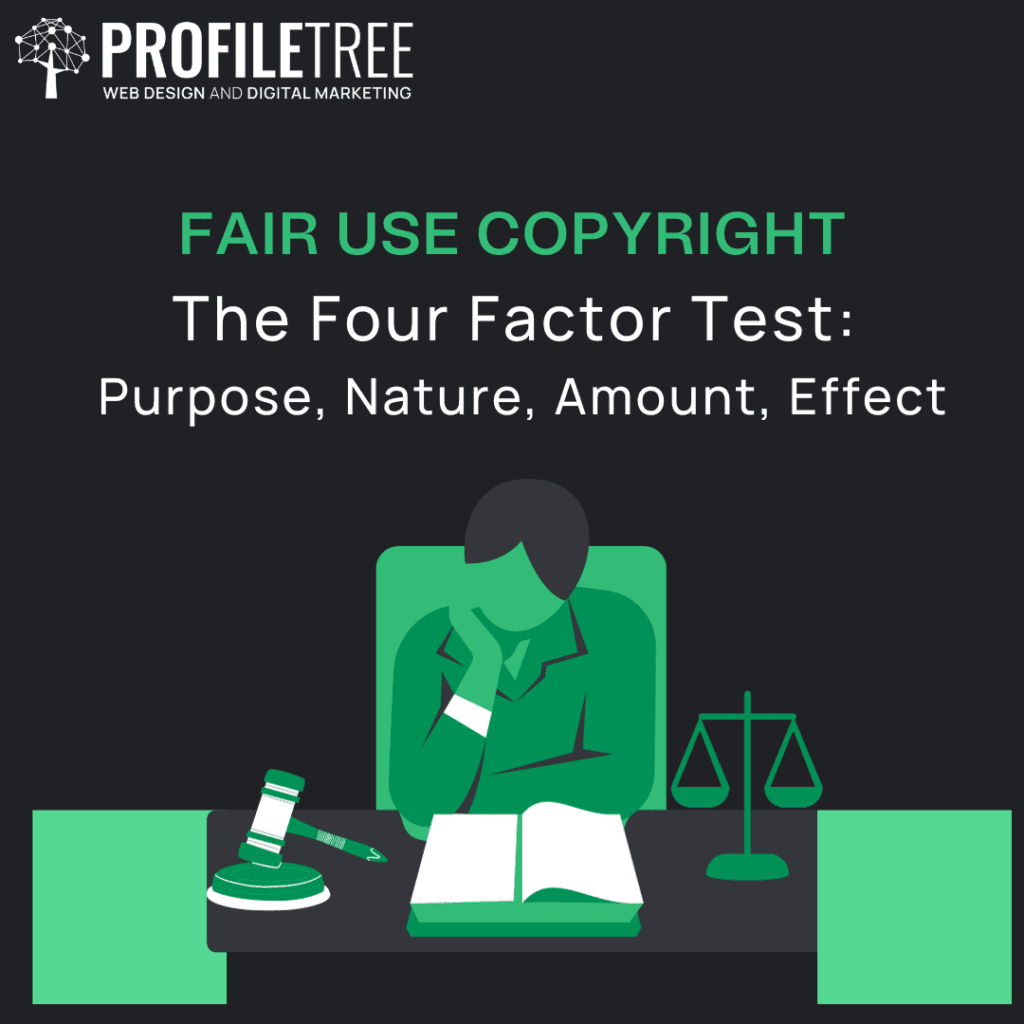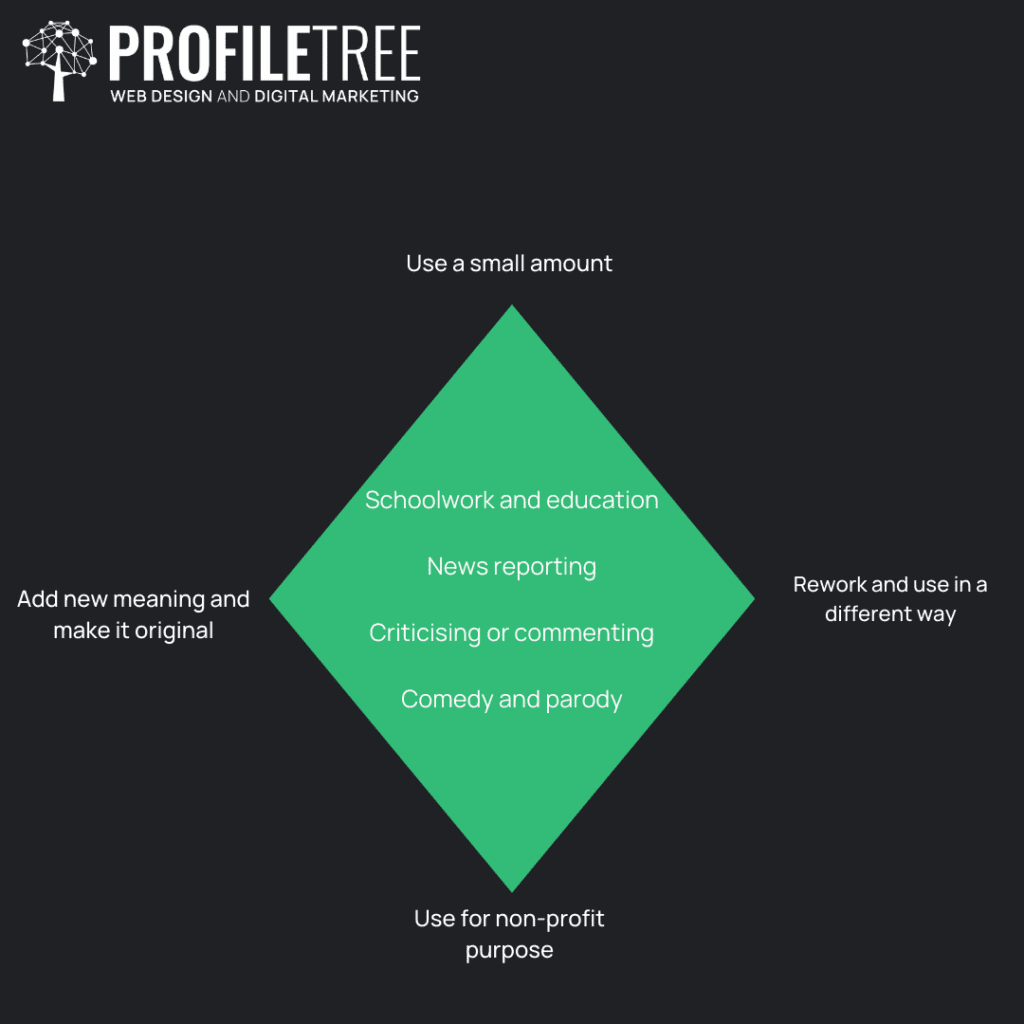Copyright law is a complex field. Most business owners don’t fully understand it. In particular, fair use copyright confuses many businesses. After all, how can there be situations where it’s okay to use someone else’s copyrighted works?
Fair use copyright ensures the protection of intellectual property, but it allows other creative people to build on existing works.
Fair use copyright is of great importance to business owners. This is doubly true for digital marketing, because the industry deals with a lot of intellectual property. Surely, nobody wants their company to violate copyright laws and face legal problems.
Table of Contents
Understanding Fair Use Copyright
Fair use copyright is a part of copyright law. It is concerned with giving flexibility to copyright laws so that they do not contradict with freedom of expression and creativity.
Fair use entitles people to use copyrighted material without permission from the author, but only in limited cases.
To put it differently, fair use can be a defence against a case of copyright violation. This gives users the space to use the material creatively and reduces the restrictions under certain conditions.
The law, however, does not define specific cases where it is allowed to use copyrighted material.
Instead, it just highlights some generic measurements that can judge whether the use is a fair one, or not. Examples of fair use cases may include
- Commentary,
- Criticism,
- Education,
- And parody.
When Do You Use Fair Use Materials?
So why does this all matter to businesses?
Sales and marketing are creative disciplines. Sometimes, you’ll be inspired to use a pun or reference to get your message across. Check out this Game of Thrones Inspired ad from KFC:

This is allowed under fair use, as it’s a form of parody. That means that HBO can’t come along and demand money from KFC. If however, KFC wanted to replace the Colonel as their mascot and started using Hodor instead, that would be a different story.
Fair use copyright allows you to make reasonable use of copyrighted materials to make a point. It doesn’t allow you to outright steal them.
So how can you tell what’s fair use and what’s theft? Sometimes, cases are far from clear cut, and a judge will have to ultimately decide.
Let’s take a look at the criteria for determining fair usage.
The Four Scales of Fair Use Copyright
Judging a fair use copyright is tricky to a great extent, since it differs from one case to another.
Therefore, sometimes it is not clear whether a case is a fair use or not. The law, however, does provide certain guidelines or measurements where one can evaluate a fair use copyright based on four scales.
These are:
- Purpose,
- Nature,
- Amount,
- Effect.
It is crucial to mention that any case should be evaluated based on all four scales and not just one. In other words, this is a checklist where you can find out whether a case is likely to be fair.
In addition, you can save yourself time by checking if there is an existing judgement on a similar case.

The four scales are only the basis on which you can “assume” the legality of use. Let’s take a look at each in detail.
1. Purpose
This scale considers what the copyrighted work is used for. Purposes which qualify as fair use are usually educational and non-profitable. Educational and non-profitable purposes usually enrich the original work and add value and reputation to it.
Using copyrighted material for those reasons are considered a point for fair use. On the contrary, purposes such as commercial activity and entertainment oppose fair use copyright. Of course, if the purpose denies credit to the original author, that definitely is against fair use.
This gets a bit trickier when we think about other purposes which can constitute fair use, such as criticism or parody. For example, say you want to publish a book about Seamus Heaney’s poetry.
His works are still protected by copyright, and so they’re the intellectual property of the Heaney family. Since it would be impossible to write a critical work, without citing some of the source material, using excerpts from his poems would be considered fair use.
However, if you include whole poems, at a certain point you’re just publishing Heaney’s work without paying for it, so that would not be considered fair use. It might come down to a judge to decide where the exact line is.
2. Nature
The nature of the work used also takes part in determining a fair use. The most two important factors which reflect the nature of the work are publication and factuality.
Publication refers to whether the work is a published one or not, whereas factuality refers to whether it is a fictional piece of art or the opposite. Highly creative or unpublished material opposes fair use.
3. Amount
The amount of the material used or quoted also counts in the fair use evaluation. If a user copies the whole copyrighted work or a large part of it, it is considered as a point against fair use. Moreover, if the core or the main part of the piece is used, this may also count against fair use.
4. Effect
This scale evaluates fair use from an economic point of view.
This means that it considers how the use of copyrighted material affects the market. For example, if the user may replace the sale of the original work or the user makes numerous copies, that will definitely harm the market for the original work and is against fair use.
Fair Use Copyright Situations
So when does fair use come into play? Besides artistic applications, there are a number of common situations when fair use copyright is useful. Let’s take a look at some of the most common.

Commentary and Criticism
The definition of commentary is discussing an opinion of a piece of art such as a book, a film, a poem, or even an article. Similarly, criticism is the interpretation or the passing of a judgment on a work of art.
Both cases may require quoting or using a sample of the work criticized. Samples may be in the form of quotations and copying a few paragraphs or articles. This is considered fair use.
Fair Use Copyright for Education and Research
In any classroom, professors and teachers need to use samples of copyrighted works, such as books, movies, criticisms, and articles all the time. They are allowed to use such material and make copies of it to their students. Thus, fair use copyright applies to education and research purposes, ensuring that students can effectively access and use resources to help with their homework and assignments.
News Reporting with Copyrighted Materials
The news resembles commentary since it also analyses an event and may comment on current affairs. Obviously, in order to be able to do that, news agencies may include copyrighted material in their programs.
Transformative Use: The Additional Scale
The transformative use is a recent addition to the law of copyright. This scale looks at the used copyrighted work from a different perspective. The term “transformative” means that the work has been used in a completely unexpected or different way from the original one.
A good example would be a parody. Parody is “a work that ridicules another, usually well-known work, by imitating it in a comic way.”
The nature of parody requires borrowing a big part of the original work; therefore, even if it contradicts the four factors, it does not violate copyright regulations.
Another example is making audio and video remixes which also introduces the original work in a “transformative” form. Transformative use is relatively new law; therefore, it takes into consideration the up-to-date purposes and usage of copyrighted material on the Internet.
Analysing Fair Dealing Factors in Depth
Determining whether a particular usage qualifies as fair dealing in the UK requires carefully weighing four key factors:
- Purpose and character of the dealing
- Nature of the copyrighted work
- Amount and substantiality taken
- Effect on the copyright work’s value
Let’s dig deeper into each factor through some practical examples:
Purpose – Quoting excerpts from a novel in a review serves criticism and commentary purposes, leaning towards fair dealing. Whereas excerpting large portions solely to avoid purchasing copies tips the scale away from fair dealing. The end goal shapes the purpose analysis.
Nature – Photocopying newspaper articles for personal research generally has a stronger fair dealing claim than reproducing artistic photographs, as the informational nature has greater public interest protections. More creative works merit heightened scrutiny.
Amount – Printing an entire chapter of a non-fiction book to distribute in class steps outside fair dealing bounds, whereas summarising key arguments and paraphrasing short excerpts in an essay is often permissible. The quantity matters greatly.
Effect – Downloading an image from the web to critique its use of colour and technique weighs more favourably than using it on merchandise, given the commercial effect of the latter. Market harm must be considered.
While no defined thresholds exist, following these principles helps inform reasonable fair dealing assessment. Err on the side of caution when large portions are used or the dealing carries commercial implications. Secure licensing when in doubt. Consult a solicitor for guidance on any specific situation.
To Wrap Things Up
Fair use copyright is an indispensable part of the copyright law. It aims to balance between the restrictions required to protect the owners of intellectual property and the flexibility of expression.
Protecting creativity is the motive behind establishing copyrights. Therefore, it would have been empty talk if the law did not protect the fair use of copyrighted works for the right purposes and suitable conditions.
Digital marketing specialists and business owners usually deal with copyrighted material and creative works.
For that reason, it is a must to understand what they should or should not use while creating content, for example, or even making marketing campaigns for products. Commercials, photos, videos, and almost all sorts of content are subject to copyrights.
So, marketers and agencies should be careful in order to avoid legal penalties.
SEE ALSO: Non-Copyrighted Images: How To Use Them


